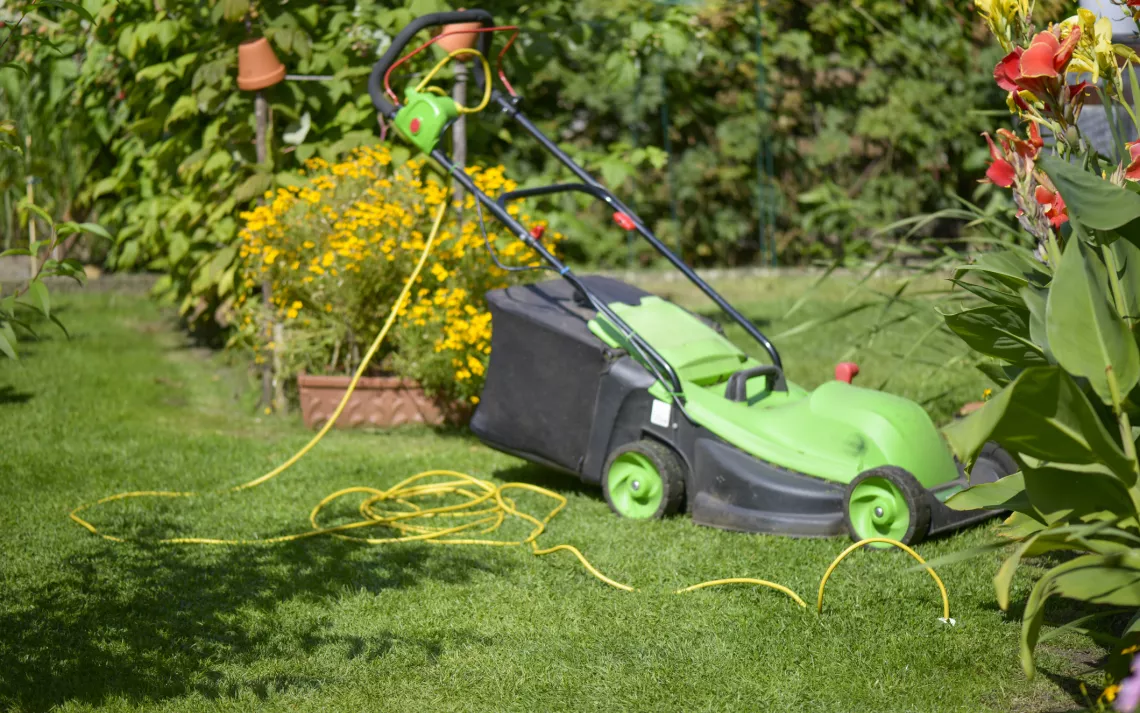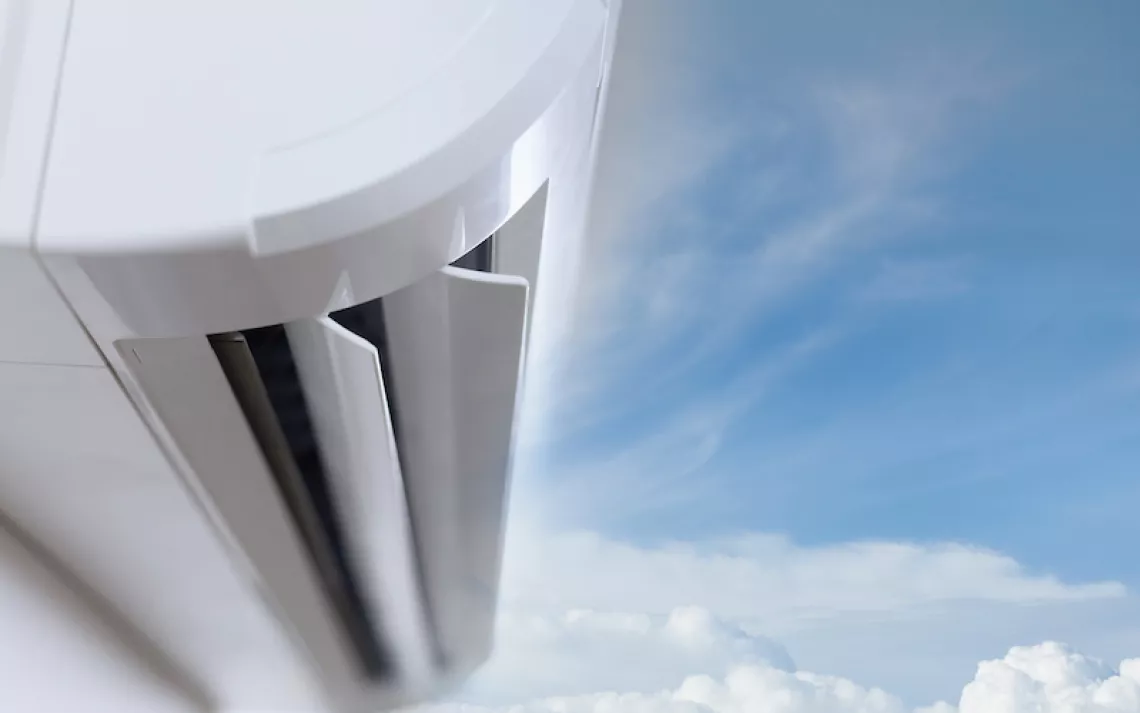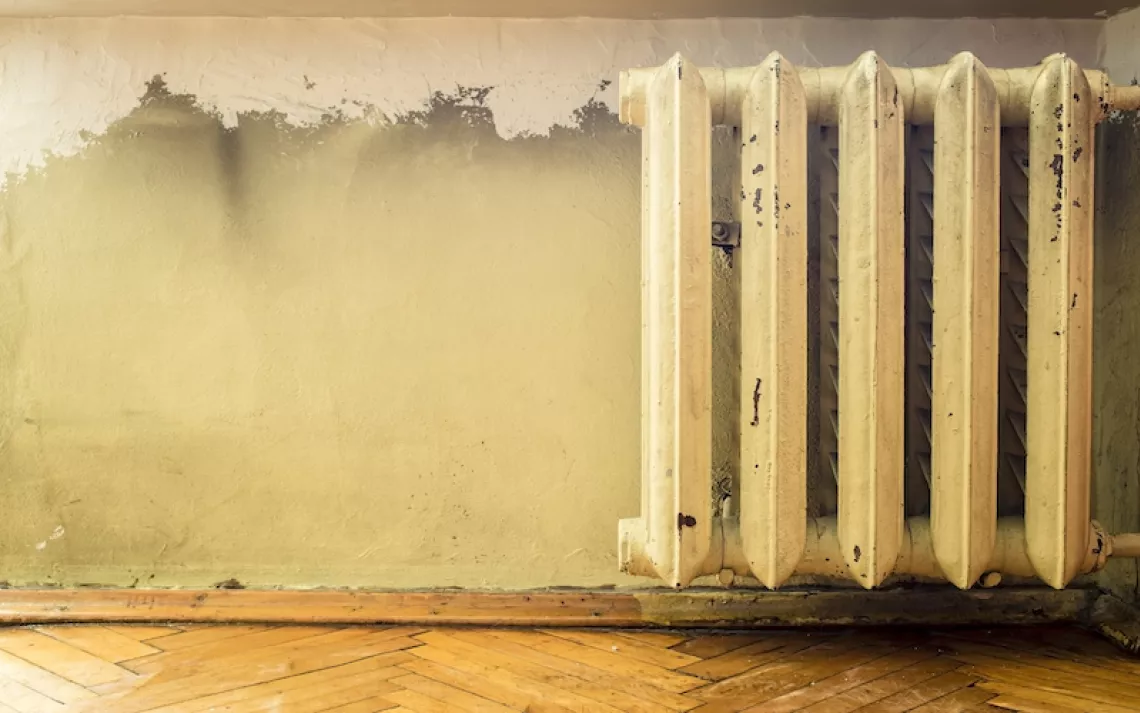Low-Carbon Lawnmowers
Mr. Green helps a reader choose the greenest lawnmower

Hey Mr. Green,
What's the greenest practical lawnmower available, excluding the old-fashioned push-blade type?--Scott in Lexington, Kentucky
An electric mower is by far the best choice. And electric ones with cords are better than battery-powered models, because energy is lost when batteries are charged, and lead is released when those batteries are manufactured and recycled. A University of Florida study reports that, even with updated EPA rules for lawnmower engines, gas-powered models are responsible for the release of about 20 times more hydrocarbons and nitrogen oxide than electric mowers, and 10 times as much CO2.
But a lot hinges on the word "practical," and many people just don't find cords or batteries practical.
The bottom line: If your gas-powered mower was made before 1997--the year the EPA started regulating them--you should decommission it. Until that year, one running mower emitted as much pollution as 40 running cars.
Phase 1 of the EPA's campaign required a cut in lawnmower emissions to 70 percent of their 1997 levels. By 2007, Phase 2 had rolled around, limiting mower excretion to less than 30 percent as much as before regulation. Now, Phase 3 models are coming on the market, and they emit less than 20 percent as much as the outmoded, unregulated versions.
The phase of compliance can be found on the engine's label or elsewhere on the machine. So, for the cleanest gas mower, look for the "Phase 3" mark. Because these rules apply to new engines, and because engines wear and get dirtier over time, you might consider replacing an earlier-phase model.
 The Magazine of The Sierra Club
The Magazine of The Sierra Club



